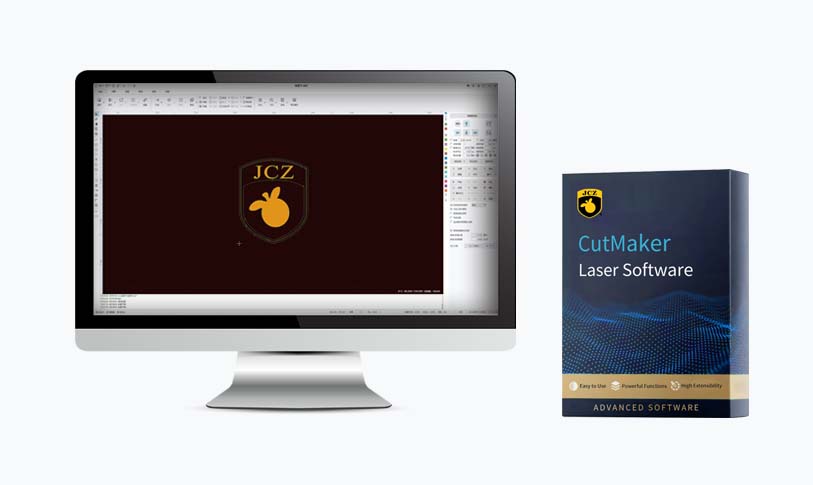****

Unlocking the Potential of 405nm UV Lasers: Applications, Benefits, and Future Innovations in Industry and Research
The emergence of 405nm UV lasers has revolutionized various industries, offering unparalleled precision, energy efficiency, and versatility. With their unique properties, these lasers have found applications ranging from medical treatments to industrial manufacturing processes and cutting-edge research. In this article, we delve into the mechanics of 405nm UV lasers, their benefits, and how they are reshaping the landscape of multiple fields.
Understanding 405nm UV Lasers
A 405nm UV laser emits ultraviolet light at a wavelength of 405 nanometers, which falls within the violet portion of the ultraviolet spectrum. This wavelength is particularly significant because it is effectively absorbed by various materials, including many plastics and biological tissues, making it an ideal candidate for precise applications. The technology behind 405nm UV lasers is based on solid-state laser diodes, providing a compact and efficient system that can be integrated into various devices.
Applications in Medicine
One of the standout applications of 405nm UV lasers is in the medical field. The precision of these lasers allows for targeted treatments, such as phototherapy for skin conditions, where the light can selectively target affected areas while leaving surrounding tissue unharmed. Additionally, 405nm UV lasers have shown promise in sterilization processes, effectively eliminating bacteria and viruses due to their high-energy photons. In dental practices, they aid in procedures requiring precision and minimal invasive techniques, improving patient outcomes and reducing recovery times.
Benefits in Manufacturing
In manufacturing, the introduction of 405nm UV lasers has transformed traditional methods. Their use in laser engraving and cutting processes has enhanced the quality and efficiency of production. Unlike traditional cutting tools, UV lasers can produce cleaner and more detailed engravings on a variety of materials, including wood, glass, and metals. This precision not only benefits aesthetics but also reduces material waste as the lasers minimize the heat-affected zone. Moreover, the ability to work at a microscopic level makes them invaluable in creating components for electronics, where accuracy is paramount.
Innovations in Research
Research institutions have also embraced 405nm UV lasers due to their versatility in various experimental setups. The lasers are used in fluorescence microscopy, enabling scientists to study the cellular structure and dynamics with unprecedented clarity. Their precise wavelength allows for the excitation of specific fluorescent markers, essential for tracking cellular processes in real time. Furthermore, the compact nature of these lasers facilitates their integration into complex experimental setups, enhancing research capabilities across a multitude of scientific domains.
Environmental Impact and Energy Efficiency
An often-overlooked benefit of 405nm UV lasers is their environmental impact. Their energy-efficient design means they consume less power compared to traditional laser systems, which is particularly relevant in today’s environmentally conscious landscape. The reduced energy consumption not only results in lower operational costs but also contributes to a smaller carbon footprint for businesses that adopt the technology. Additionally, the longevity of laser diodes means less frequent replacements, further reducing waste and resource needs.

Unlocking the Potential of 405nm UV Lasers: Applications, Benefits, and Future Innovations in Industry and Research
Future Innovations and Trends
As technology continues to advance, the capabilities of 405nm UV lasers are set to expand even further. Recent developments in semiconductor technology and nanotechnology promise to enhance the performance of these lasers, making them even more efficient and versatile. Future applications may include advanced materials processing techniques such as 3D printing, where the precision and speed of 405nm UV lasers could redefine production methods.
Moreover, as the medical community continues to explore the therapeutic potentials of lasers, we may see development in more targeted treatment options for a variety of conditions, leading to improved patient care and outcomes.

Unlocking the Potential of 405nm UV Lasers: Applications, Benefits, and Future Innovations in Industry and Research
Conclusion
In conclusion, 405nm UV lasers are at the forefront of innovation, impacting multiple realms, from healthcare to manufacturing and research. Their unique properties provide unmatched precision and efficiency that traditional methods struggle to achieve. As industries continue to harness the potential of these lasers, we can anticipate significant advancements that will benefit both current and future generations. As we look ahead, the role of 405nm UV lasers will likely expand, driving forward the next wave of technological breakthroughs.20w mopa fiber laser



